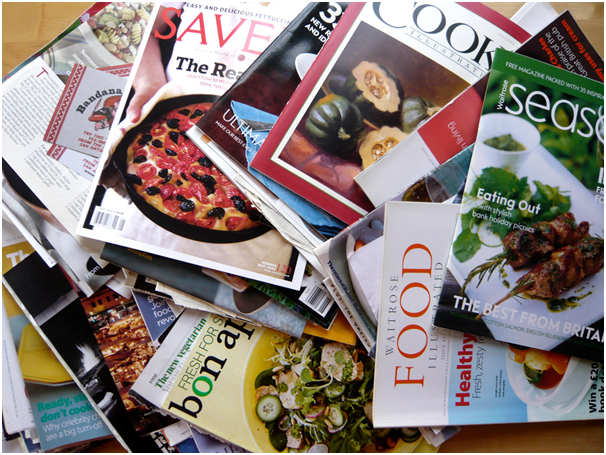Jamie Oliver pulls the plug on his food magazine
Please sir, no more losses. Jamie Oliver has called time on his self-titled food magazine ‘Jamie’ after almost 10 years.

The magazine began life in 2008, and by 2009 had built a respectable circulation of over 75,000. However, by last year this had sunk to 48,000, and this low subscription rate – especially compared with rivals like BBC Good Food and Sainsbury’s Magazine, which each boast at least three times that amount – meant that advertisers deemed it no longer good value for money. This shows how fickle the publishing market can be, since as little as just two years ago the magazine was being feted after scooping the International Consumer Media Brand of the Year Award in 2015.
Web wipes out print again
The main blame has been placed on the huge increase in online recipe sites, with everything from the BBC’s huge online archive (currently over 10,000 and counting http://www.bbc.co.uk/food/recipes/) to the simple but hugely popular overhead-style ‘how to’ videos from Buzzfeed’s ‘Tasty’ service.
In response to the magazine’s closing, a spokesman for Jamie’s company said they would be focusing on their own website jamieoliver.com with a focus on Jamie’s distinctive recipes and an emphasis on providing nutritional information to help people make healthy choices.

Italian squeeze
Things certainly aren’t looking pukka for Jamie’s restaurant empire either, with 6 out of his 42 Italian restaurants shutting their doors this January, citing poor trading conditions due in part to the effects of Brexit and the weak pound. Certainly any plans to expand and open a restaurant in Dublin now seem to be permanently on hold, which is perhaps just as well given the range of Italian restaurants that http://www.forno500.ie can already be found in the Irish capital. He should probably stay away from Spain as well: he was sent death threats in 2016 after the Spanish accused him of debasing their classic Paella dish by adding chorizo.
His four Union Jacks pizza restaurants have also ceased to exist, partly possibly due to customer confusion from the restaurants initially describing their pizzas as ‘British-style flatbreads’ before reverting to a more common name. Interestingly, when pizza originally arrived in Britain it was known as ‘Italian Welsh rarebit’ – though good luck trying to market that to the average UK punter now.

